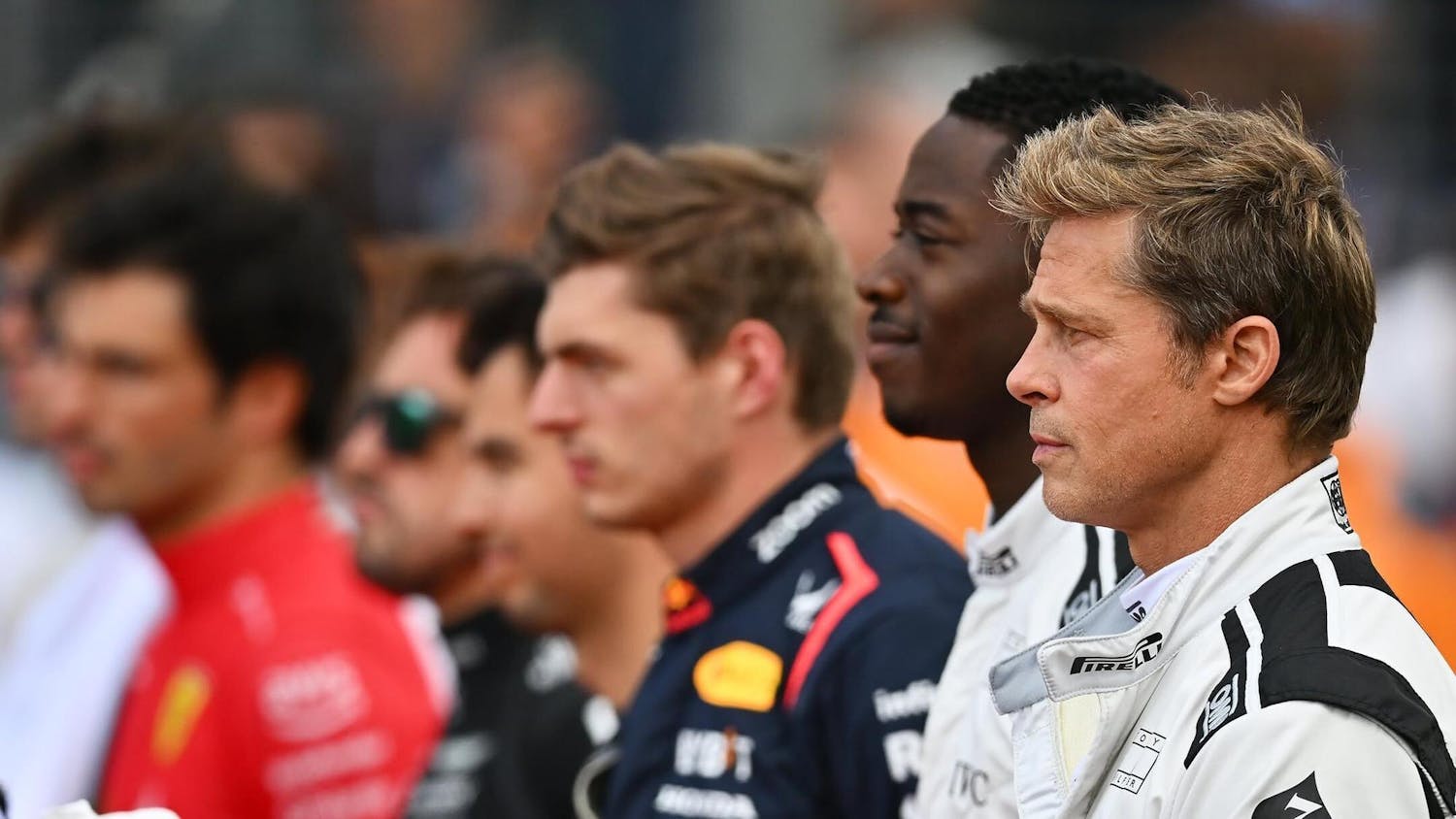If there’s one thing I love about music, it’s multimedia! Throughout the history of musical performance, designers, directors and performers have been seeking ways to heighten the emotion of words and music by combining spectacle to live performance. Composer Richard Wagner pioneered this idea with his concept of “Gesamtkunstwerk,” or “total theater,” through which he integrated all aspects of his operas – music, action, lighting and scenery – into a total unified force. \nIn the 20th century, Czechoslovakian designer Josef Svoboda took this idea a step further by introducing projected images to screens behind actors in live performances. These screens showed constantly-changing images, which added to the powerful characteristics of his kinetic theater movement. Andy Warhol, famous for experimenting with media ranging from film to Polaroid, combined the ideas of Wagner and Svoboda with The Exploding Plastic Inevitable in 1966, a live show combining music with visual designs projected around the performance space. This launched the careers of The Velvet Underground and initiated a standard for live rock music performance that is still upheld today. \nNow, this standard is stretched to its limits with the increasing competition faced by musical acts to attract audience members to their shows. As a result, we have rave culture, jam bands, mash-up artists and hip-hop titans all flexing their creative eccentricity and running us into the ground with spectacle. I don’t know about you, but I don’t consider it a good show unless I leave exhausted. \nOne band that stands out in this philosophy of musical performance is Swedish electronic band The Knife. The brother and sister duo of Olof Dreijer and Karin Dreijer Andersson,who only go out in public wearing medieval doctors’ masks, sent a group of people in gorilla costumes to accept their Swedish Grammy, and they very rarely give live performances. When they do, however, The Knife starts a show in total darkness, then progresses into images of gothic castles, scenes from German silent films of the futurist era, laser light designs and colored orbs – all of which are designed by visual artist Andreas Nilsson and light designer Ossian Ekman. By the end of each show, audience members have been bombarded with strange, often disturbing images and clever designs of light until the show reaches its apex and ends again in darkness. \nOther musical artists on the periphery of the mainstream, such as British DJ project Shpongle, indie-pop/opera guru Rufus Wainwright, righteous jam band Umphrey’s McGee and oddly-endearing semi-cult choral group The Polyphonic Spree have taken up on the idea that music is not just something you hear, but something that is living and expressive that can be taken to visual heights. This is why I can’t wait to see what music will come up with in the future.
Listen and Look: Multimedia in live shows
Get stories like this in your inbox
Subscribe





